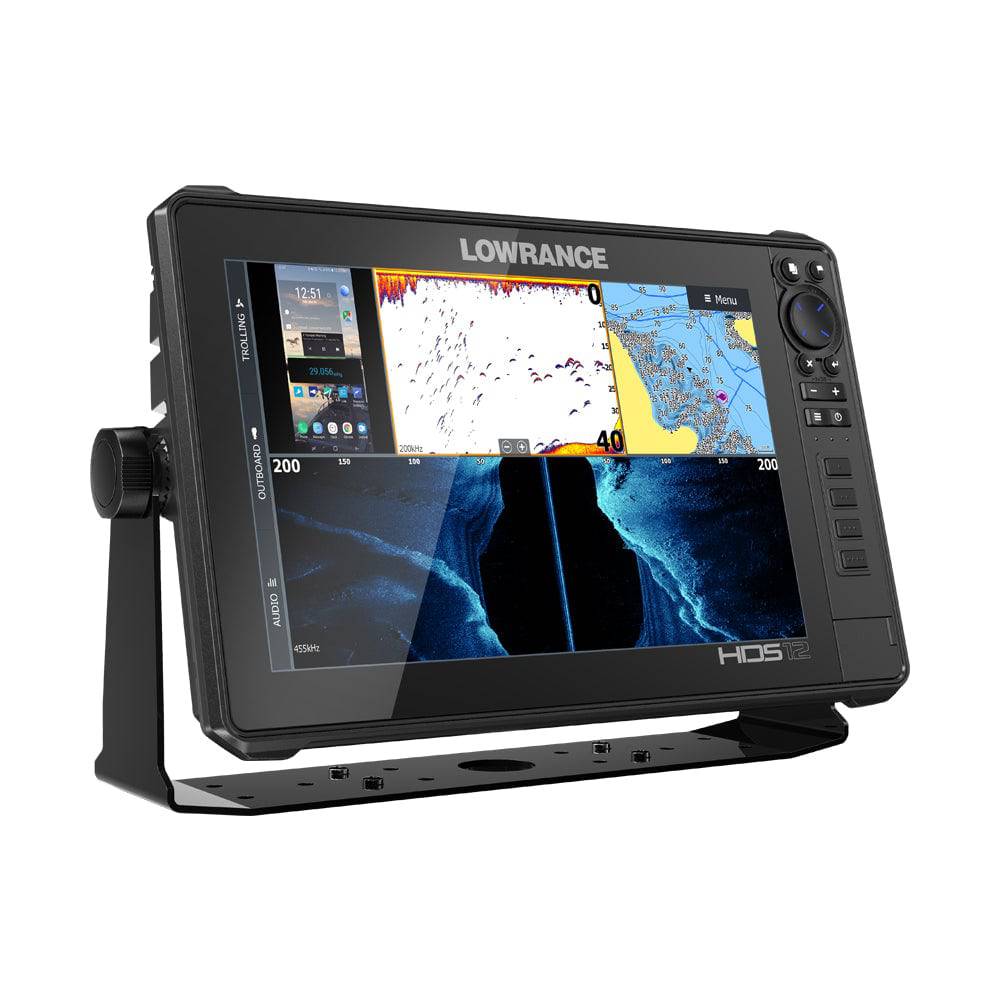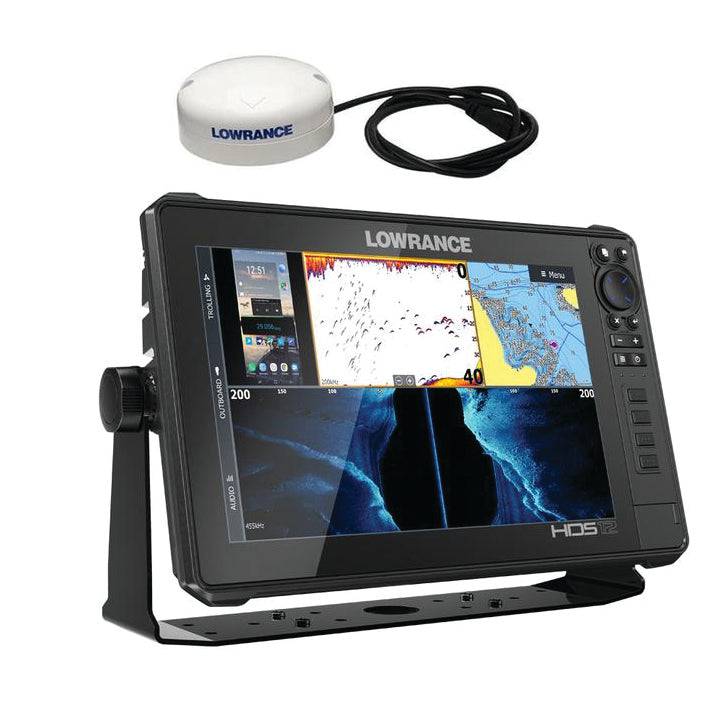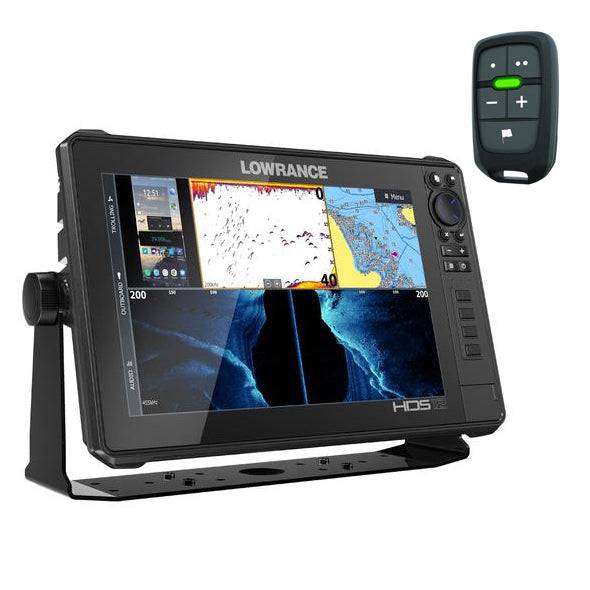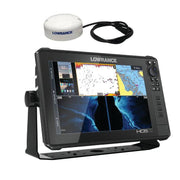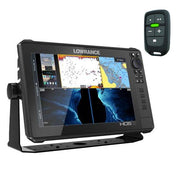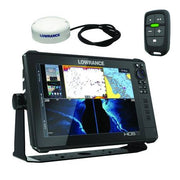The HDS-9 Live is currently out of stock and discontinued. We recommend the HDS Pro 12, click here to view.
Easy Navigation from a display that is as fast as your race truck! The HDS Live features a sleek new design with a faster processor. An incredibly bright, easy to view in sunlight touch screen shows smartphone notifications and can display video input from a camera so you can keep an eye on second place!
- Easy to use. Intuitive menu layout with full operation from the touch screen, keypad, or both.
- Fast Chart redraws with a quad-core processor.
- Programmable keys.
- HDS Live has an Internal Antenna. For installations without a clear view of the sky, add on the Point-1 Baja GPS Antenna.
- Optional LR-1 Remote Control Sold Separately. Zoom in/out the map, set waypoints, change pages, and easily make adjustments on the fly all while being safety harnessed into the race car.
- Optional Video Input Adapter Cable
- Check out our mapping options!
These devices are intended for use in North and South America. Use outside of this region may be possible for an event, but if the race vehicle will primarily be outside of the America's, you will need to purchase a GPS from your local dealership. Contact us for help.
Due to an increase in fraudulent GPS online orders, Credit Card orders may be held for additional screening for up to 5 business days. To expedite your order, match your shipping address to your billing and provide all security details or pay via PayPal with a verified address.
Downloads
- Cheat Sheet
- Free Downloads
- Mounting Template
- Lowrance Installation Manual
- Lowrance Operation Manual
- Lowrance Quick Start Guide
California Residents: WARNING


